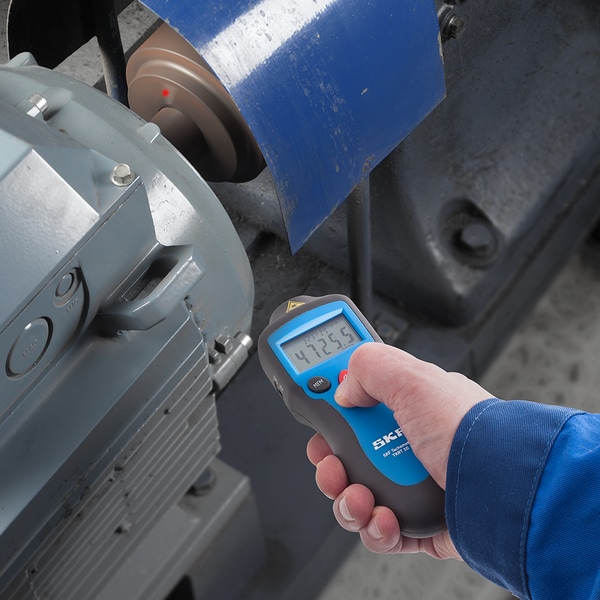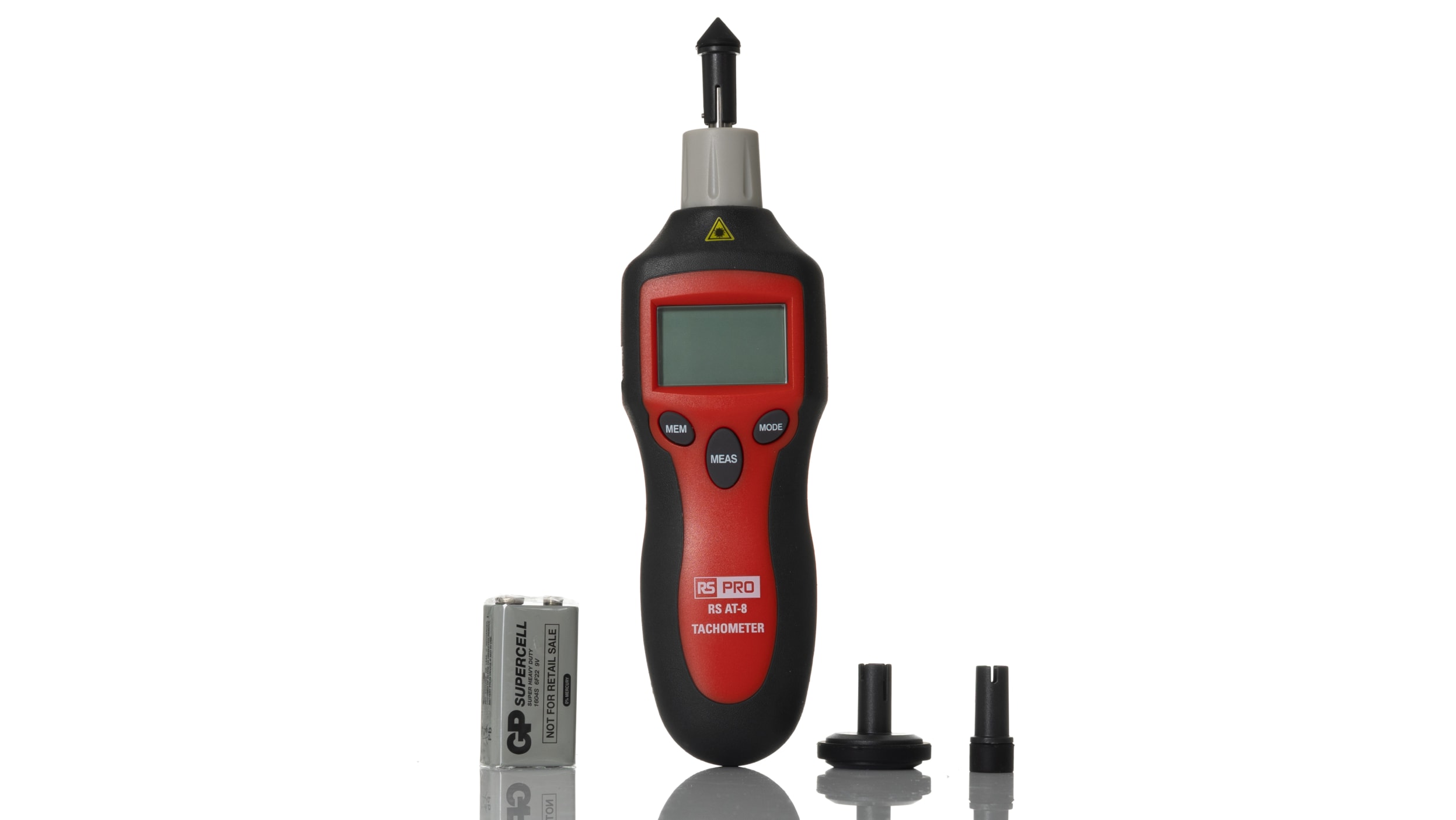The Importance of a Tachometer in Monitoring Engine Rate and Performance in Automotive Applications
In the world of vehicle design, the tachometer stands as a critical tool in the chauffeur's collection, offering a direct home window into the internal operations of a car's engine. Past its function as a simple scale of transformations per min (RPM), the tachometer acts as a critical tool for lovers and specialists alike, providing real-time insights into engine performance and wellness. Comprehending the value of this device exceeds surface-level monitorings, diving into the elaborate partnership between engine speed, power outcome, and overall driving experience. As we check out the complex duty of the tachometer in automotive applications, a deeper admiration for its impact on car characteristics and efficiency begins to emerge.
Value of Checking Engine RPM
Keeping track of engine RPM, or changes per min, is an important facet of auto upkeep and performance assessment. Engine RPM straight associates with the rate at which the engine's crankshaft turns, indicating how quickly the engine is running - tachometer. By monitoring RPM, technicians can assess the health of the engine, detect possible concerns, and fine-tune performance. An unusual RPM reading might signify troubles such as engine misfires, malfunctioning stimulate plugs, or problems with the gas distribution system. Constantly high RPM readings might indicate hostile driving routines or the requirement for a higher equipment shift to boost gas effectiveness.
Furthermore, keeping track of engine RPM is essential for performance analysis in auto racing and high-performance cars. In summary, checking engine RPM is not only important for finding issues however additionally for enhancing engine performance in different vehicle applications.

Benefits of Real-Time Data
In vehicle applications, real-time information plays a critical function in providing instant insights into the performance and condition of the car. By constantly checking numerous criteria such as engine rate, temperature level, gas intake, and extra, real-time information supplies countless advantages that add to boosted efficiency and safety when driving.
Additionally, real-time information assists in performance optimization by supplying immediate responses on driving practices and engine efficiency. Motorists can adjust their actions in real-time based on this information to attain better gas economic situation and extend the lifespan of their automobile.

Moreover, real-time data plays an essential function in modern-day automotive diagnostics, making it possible for service technicians to quickly identify and resolve malfunctions. This brings about reduced downtime, lower upkeep costs, and eventually, boosted overall automobile integrity and longevity (tachometer). By using the power of real-time data, vehicle stakeholders can make informed decisions that positively influence both the efficiency and longevity of the car
Effect On Gear Shifts
The tachometer plays a crucial role in optimizing find here gear changes by giving real-time engine rate information to the vehicle driver. When coming close to the redline on the tachometer, it signifies the motorist to upshift to stop over-revving the engine and triggering prospective damage.
Furthermore, the tachometer aids in achieving smoother equipment changes, especially in hands-on visite site transmissions. By keeping track of engine speed, drivers can perform gear changes at the ideal RPM range, reducing snagging movements and reducing wear on the transmission parts. This accuracy on duty changes not just improves driving comfort yet likewise adds to fuel performance.
Enhancing Fuel Efficiency
Offered the vital role the tachometer plays in maximizing equipment changes for performance and engine health, it directly adds to optimizing fuel performance in automotive applications. By offering real-time responses on engine speed, the tachometer aids drivers in keeping the most reliable RPM variety for gas economic climate. When drivers constantly keep track of the tachometer and adjust their motoring habits as necessary, they can avoid unneeded gas usage brought on by over-revving or lugging the engine.
In addition, the tachometer assists vehicle drivers identify one of the most fuel-efficient equipment to be his explanation in at any provided minute, stopping the engine from working harder than needed. This is especially vital throughout velocity and cruising, where remaining in the best equipment can considerably affect gas efficiency. Additionally, the tachometer can inform chauffeurs to possible mechanical issues that might be negatively impacting gas economic situation, such as a slipping clutch or a blocked air filter. In final thought, the tachometer offers as a beneficial tool in enhancing fuel effectiveness by advertising ideal driving habits and determining locations for renovation in the automobile's efficiency.

Making The Most Of Engine Longevity
The tachometer's role in keeping track of engine speed and performance contributes in making certain the long life of vehicle engines. By utilizing the tachometer effectively, vehicle drivers can maximize engine durability with mindful RPM monitoring. Continually revving an engine expensive can lead to too much deterioration on vital components, such as the pistons, shutoffs, and bearings. In time, this can result in reduced engine performance and possible malfunctions. Monitoring the tachometer permits chauffeurs to remain within the suggested RPM range for their automobile, avoiding unneeded strain on the engine and expanding its lifespan.

Conclusion
In verdict, the tachometer plays a vital role in checking engine speed and efficiency in auto applications. By supplying real-time data on RPM, it permits efficient equipment changes, improved gas efficiency, and maximized engine durability. This tool is necessary for maintaining ideal engine efficiency and guaranteeing the total functionality of an automobile.